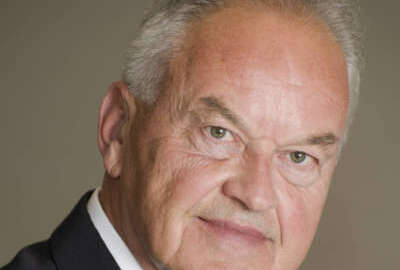The $1M you forgot you had
When most people focus on millionaires in government they are talking about a relatively small number of super-rich political appointees. But there is a larger...
When most people focus on millionaires in government they are talking about a relatively small number of super-rich political appointees, members of Congress and the Cabinet, or high-priced attorneys who have become federal judges.
But there is a larger group who did it the hard way.
In addition to the political millionaires, there are thousands of federal and postal workers who made made it big by saving and investing in the Thrift Savings Plan — Uncle Sam’s generous version of a 401K plan. Thanks to the TSP, and their common sense, the average TSP millionaire is an ordinary fed who spent at least the last 29 years investing in the C and S funds, through good times and bad.
During the Great Recession, the self-made millionaires stuck with the stock market while hundreds of thousands more fled to the “safety” of the treasury securities G Fund. And they stayed there when the market made its slow but steady climb.
During the recovery those who remained in the C and S (large and small cap, respectively) funds bought shares that were on sale. Shares that have increased dramatically in value since the market hit rock bottom on March 9, 2009.
But there is another group of about 300,000 current federal workers who, if they live long enough in retirement, will themselves be millionaires via their Civil Service Retirement System benefit. It is based on the employees highest average three year salary at retirement.
The CSRS benefit is fully indexed to inflation, although the Trump administration wants to “fix” that. The vast majority of workers today are under the Federal Employees Retirement System plan, which has a less generously defined civil service annuity but does match up to 5 percent of employee contributions to the TSP.
Recently we heard from Bob M. who is one of about 330,000 people still working for Uncle Sam under the CSRS system. Bob is one of the “forgotten” ones who will get a million dollars or more in annuity payments — again, if they are retired long enough. Here’s what he said:
“Hey Mike, your columns on the feds in the millionaire club have wholly focused on the Thrift Savings Plan but I don’t have $1 million in my TSP. Although if you project my CSRS, I surely exceed $1 million.
“I have about $500,000 in [the] TSP. If I account for deductions at the end of my 40-year CSRS career, conservatively I estimate net $6,000 per month, which is $72,000 per year.
“And [assuming] I live at least 20 more years — I am 69 years old — that sums to $1.444 million. And then add [from the TSP] $500K and that’s $1.944 million. Am I missing something?”
Not at all, Bob. In fact, you and members of your cohort definitely get it. Nice work!
Nearly Useless Factoid
By Amelia Brust
The longest place name in the world is Taumata whakatangi hangakoauau o tamatea turi pukakapiki maunga horo nuku pokai whenua kitanatahu in New Zealand. It is 85 characters long and roughly translated from the Maori language, it means “The place where Tamatea, the man with the big knees, who slid, climbed and swallowed mountains, known as ‘landeater,’ played his flute to his loved one.” It is also known as Taumata Hill.
Sources: NewZealand.com
Copyright © 2025 Federal News Network. All rights reserved. This website is not intended for users located within the European Economic Area.
Mike Causey is senior correspondent for Federal News Network and writes his daily Federal Report column on federal employees’ pay, benefits and retirement.
Follow @mcauseyWFED





